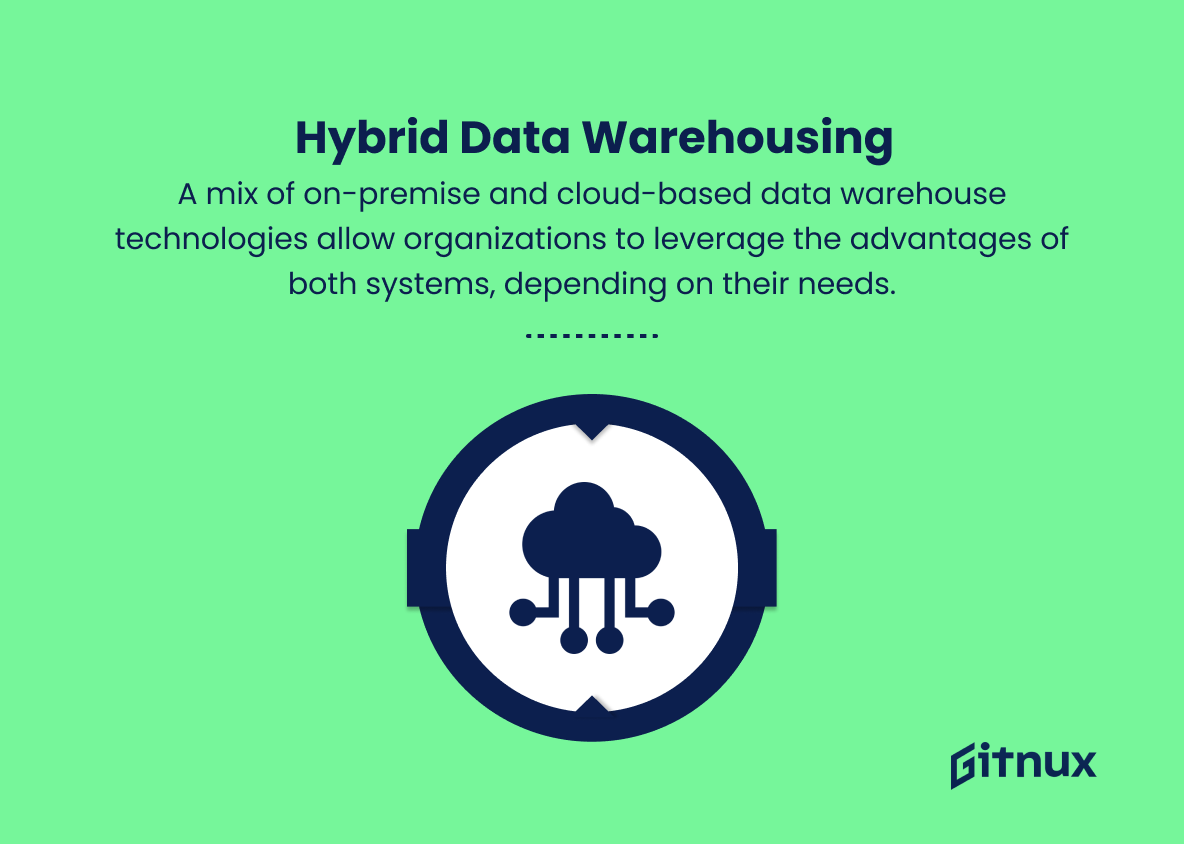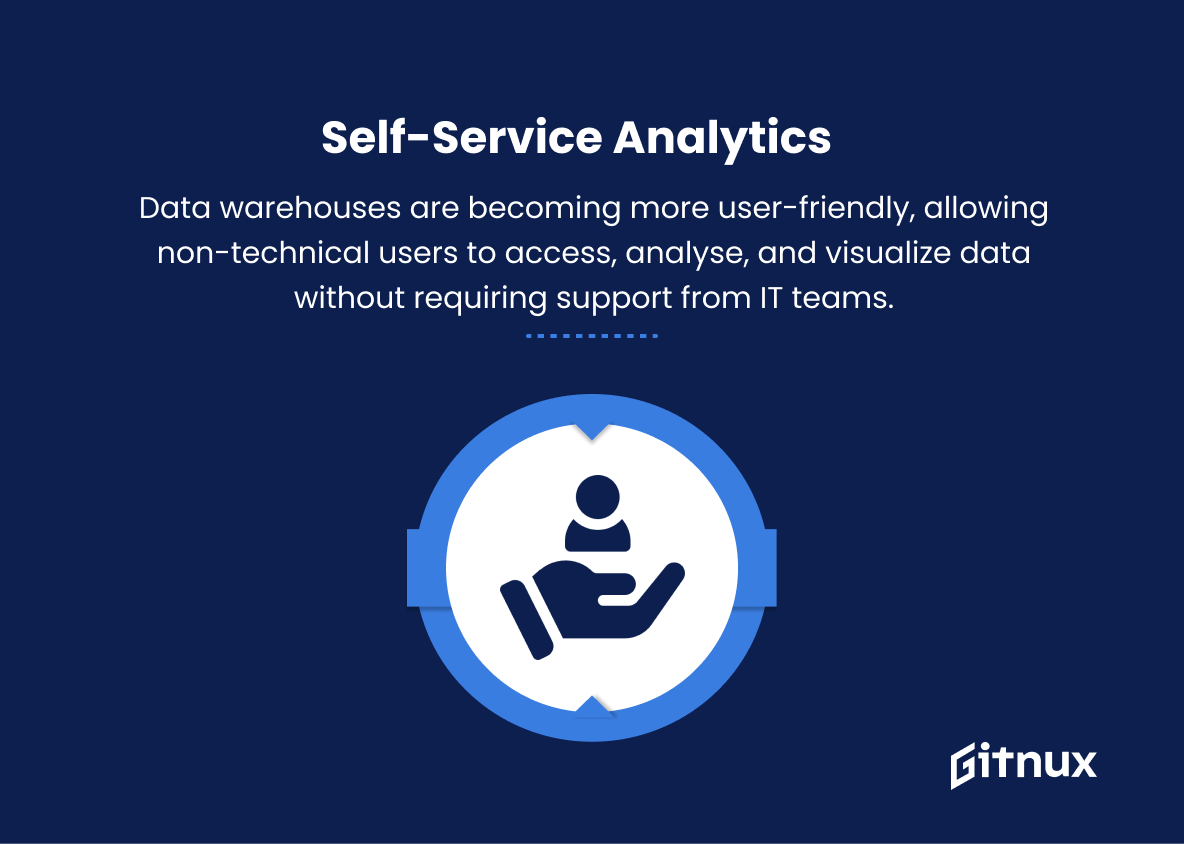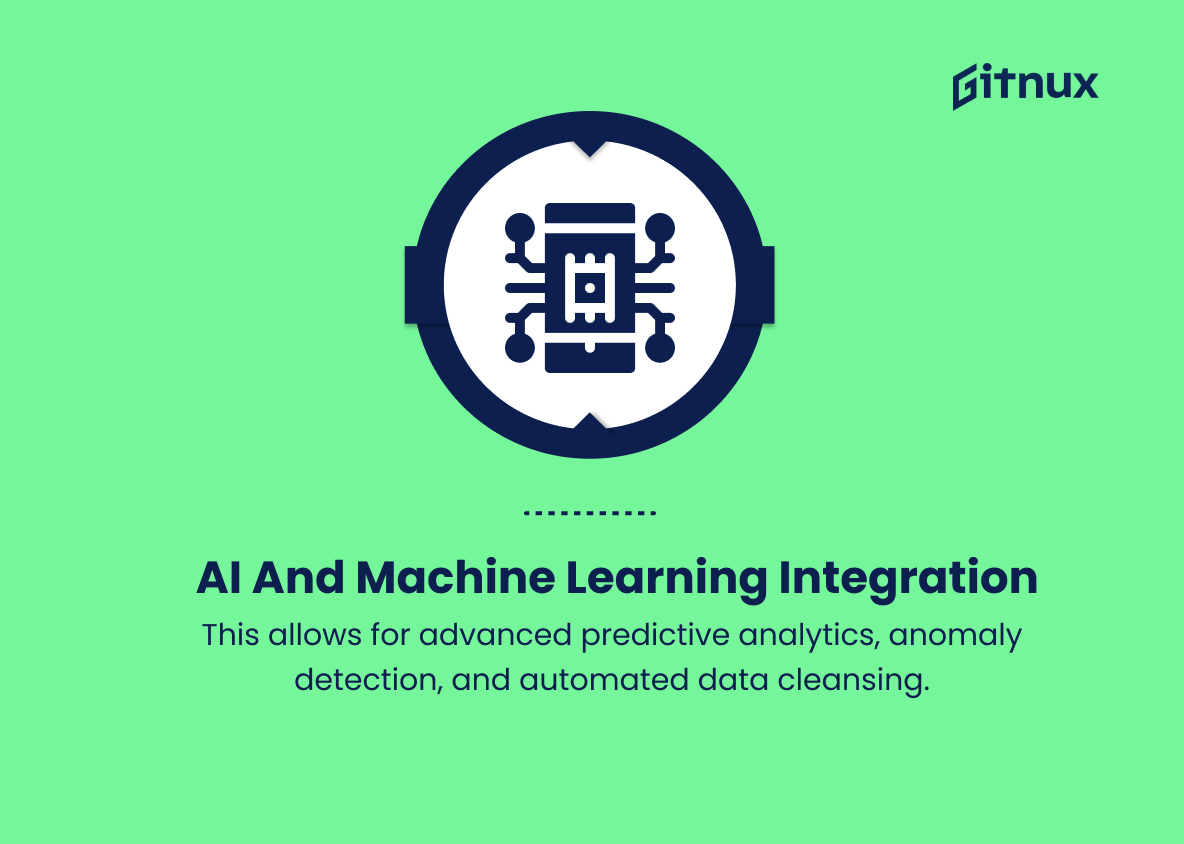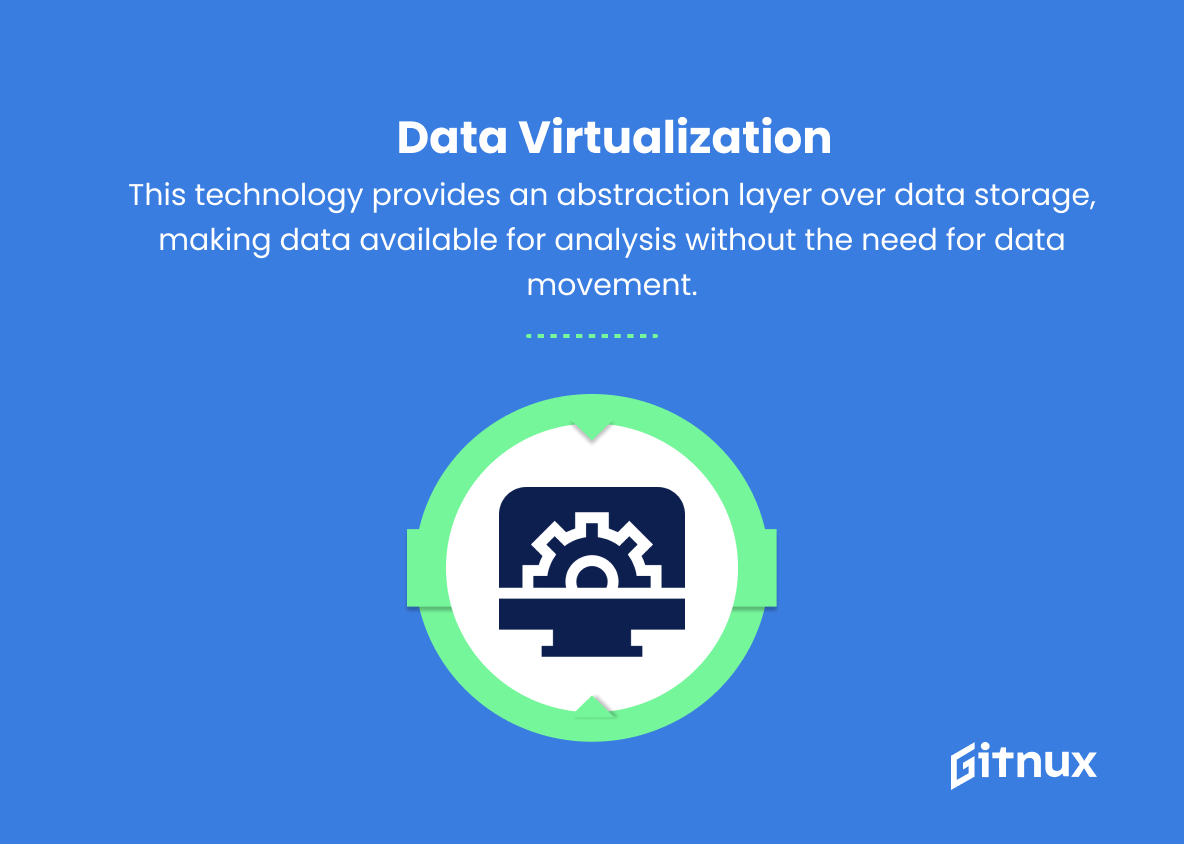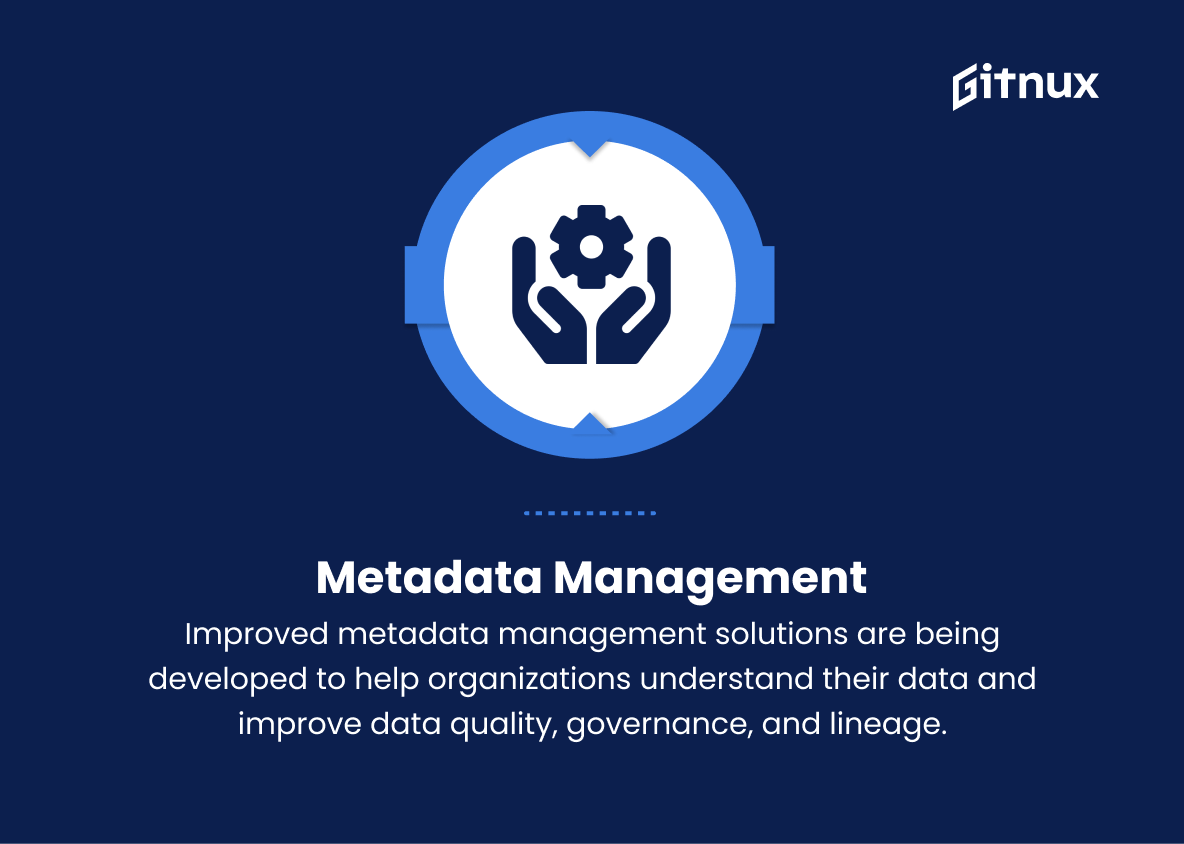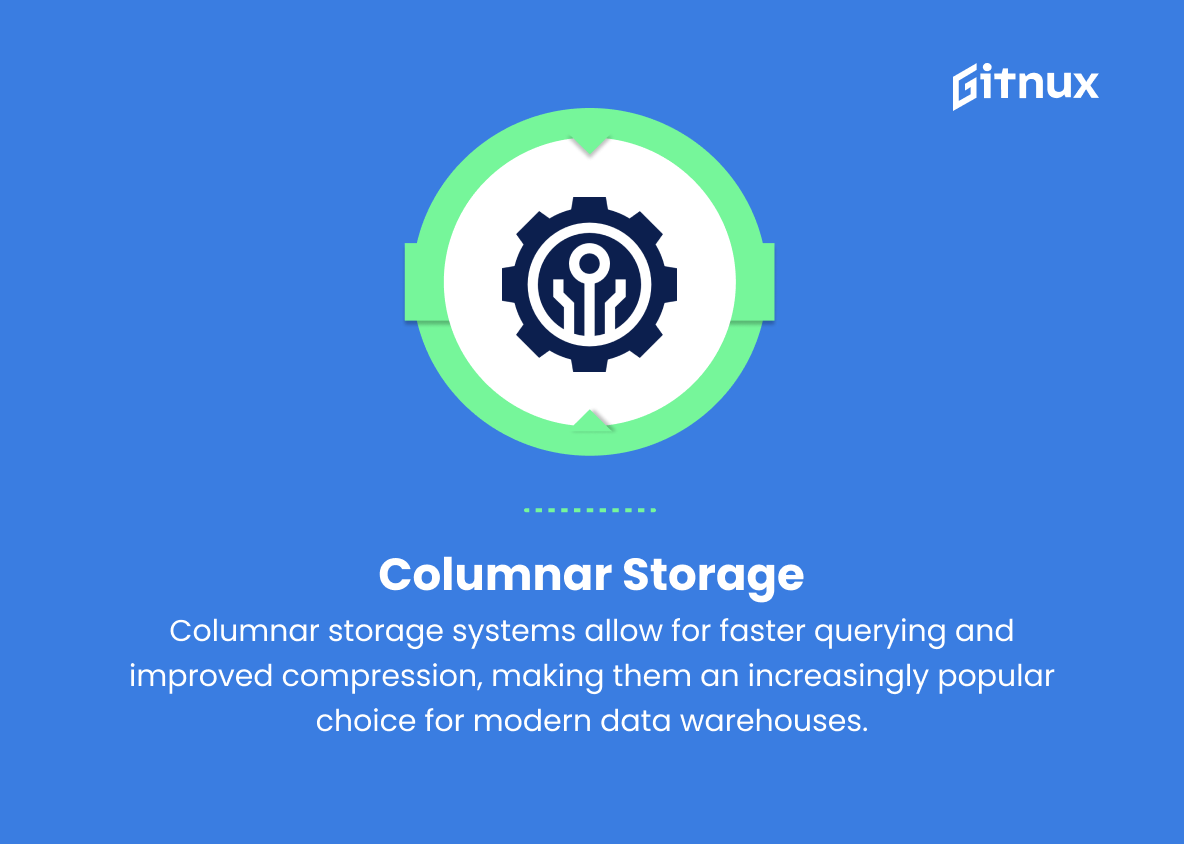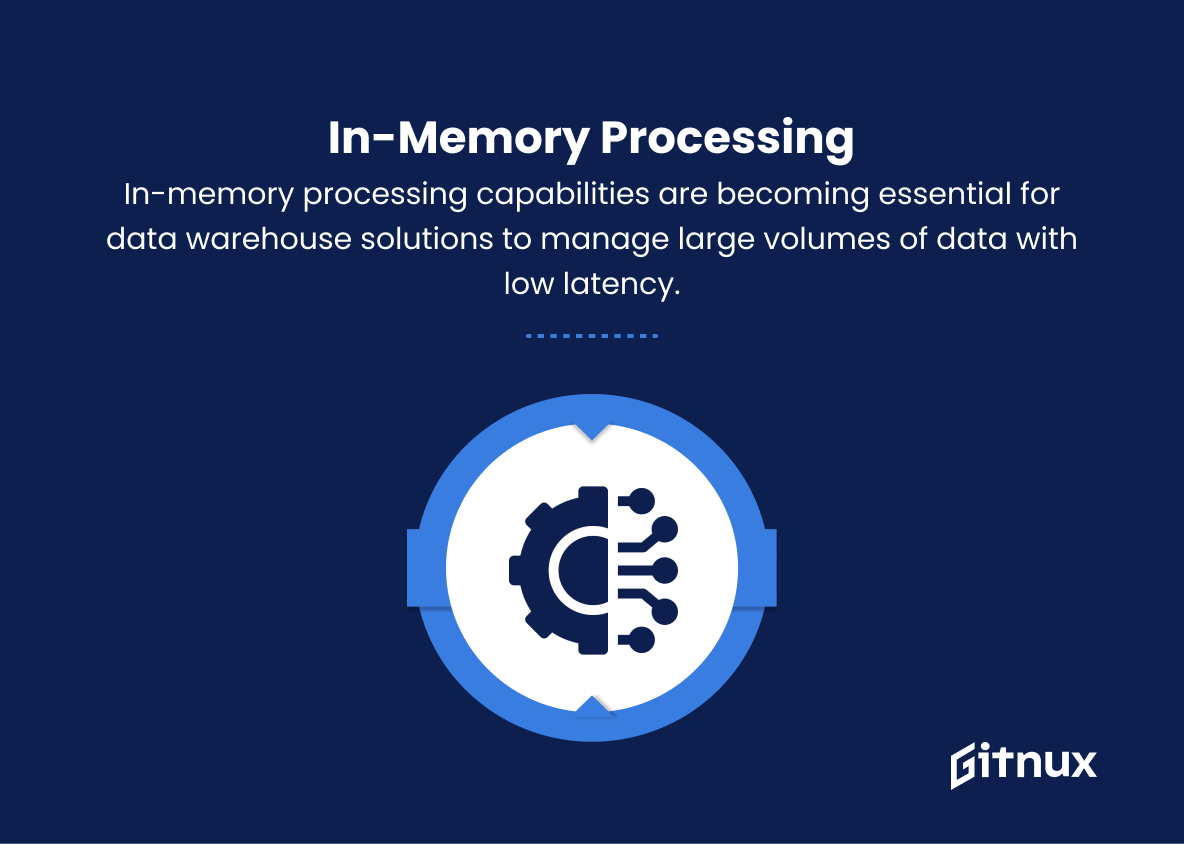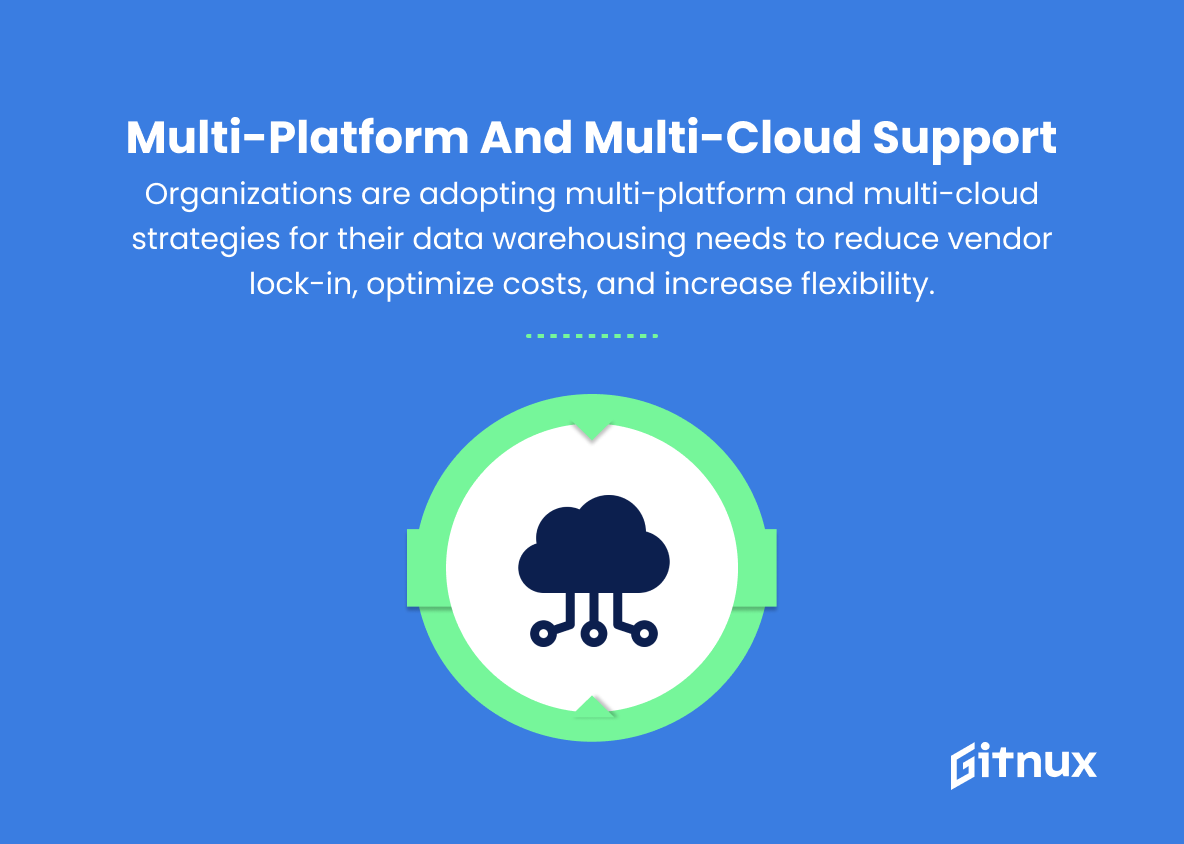In today’s data-driven world, efficient and comprehensive management of information has become crucial for organizations of all sizes.
Data warehousing, the technology that enables this efficient storage and retrieval of large volumes of data, has been transforming the way businesses operate and make strategic decisions.
As organizations gain momentum in harnessing big data, it is essential to remain updated with the latest trends and innovations in data warehousing.
This blog post aims to explore the most recent data warehouse trends that are shaping the industry, helping you stay at the forefront of this ever-evolving landscape.
Top Data Warehouse Trends
1. Cloud-based data warehousing
An increasing number of organizations are moving their data warehouses to the cloud for scalability, flexibility, and cost-efficiency. Cloud data warehousing solutions such as Snowflake, Amazon Redshift, and Google Big Query are growing rapidly in popularity.
2. Hybrid data warehousing
A mix of on-premise and cloud-based data warehouse technologies allow organizations to leverage the advantages of both systems, depending on their needs.
3. Real-time data processing
As businesses become more data-driven, there is a growing need for real-time analytics. Modern data warehouses will enable real-time data processing and analysis with tools such as Apache Kafka and Apache Flink.
4. Self-service analytics
Data warehouses are becoming more user-friendly, allowing non-technical users to access, analyse, and visualize data without requiring support from IT teams. This is promoted by the rise of self-service analytics tools like Tableau, Power BI, and Looker.
5. Artificial intelligence and machine learning integration
AI and machine learning techniques are being increasingly integrated into data warehousing and analytics processes. This allows for advanced predictive analytics, anomaly detection, and automated data cleansing.
6. Data virtualization
Organizations are adopting data virtualization as a solution to simplify data integration and access from different sources. This technology provides an abstraction layer over data storage, making data available for analysis without the need for data movement.
7. Metadata management
Improved metadata management solutions are being developed to help organizations understand their data and improve data quality, governance, and lineage.
8. Data lakes and data warehouses convergence
Data lakes and data warehouses are no longer seen as separate entities, but rather as complementary solutions. Organizations are finding ways to integrate and connect both storage systems to maximize their use of structured and unstructured data.
9. Columnar storage
Columnar storage systems allow for faster querying and improved compression, making them an increasingly popular choice for modern data warehouses.
10. In-memory processing
With the growth of big data and live analytics, in-memory processing capabilities are becoming essential for data warehouse solutions to manage large volumes of data with low latency.
11. Data privacy and security
As data breaches become more common, data warehouses must adapt to new security threats and comply with ever-changing regulations. Compliance with security standards like GDPR and CCPA has become increasingly important.
12. Multi-platform and multi-cloud support
Organizations are adopting multi-platform and multi-cloud strategies for their data warehousing needs to reduce vendor lock-in, optimize costs, and increase flexibility.
These trends show that the future of data warehousing will be more dynamic, adaptable, and agile to handle growing data workloads and the need for real-time analytics.
Implications
Data warehousing is undergoing significant transformations to accommodate the evolving needs of modern organizations.
The shift toward cloud-based data warehousing solutions like Snowflake, Amazon Redshift, and Google Big Query enables greater scalability and cost-efficiency, while hybrid approaches allow businesses to leverage the benefits of both on-premise and cloud-based systems.
As real-time analytics become imperative, advancements in data processing tools such as Apache Kafka and Apache Flink, along with self-service analytics platforms like Tableau, Power BI, and Looker are making data more accessible to non-technical users. The integration of artificial intelligence and machine learning into data warehousing processes is driving innovation in predictive analytics and data cleansing, while data virtualization simplifies data integration and accessibility.
Improved metadata management, the convergence of data lakes and data warehouses, columnar storage systems, and in-memory processing are all contributing to the enhanced efficiency and power of modern data warehouses.
At the same time, a growing emphasis on data privacy and security, as well as the adoption of multi-platform and multi-cloud strategies, demonstrates a commitment to safeguarding information and avoiding vendor lock-in.
Overall, these trends point to a future in which data warehouses are more agile, adaptable, and capable of managing extensive data workloads and real-time analytics demands.
Conclusion
In today’s data-driven world, staying up-to-date with the latest data warehouse trends is crucial for businesses to remain competitive and derive valuable insights from their data.
As we have explored in this blog post, advancements in technology, cloud migration, real-time data processing, and utilizing AI-driven analytics are shaping the future of data warehousing.
By adopting these latest trends and understanding the evolving landscape, organizations can ensure they are poised for success, making well-informed decisions based on accurate, timely, and accessible data.

